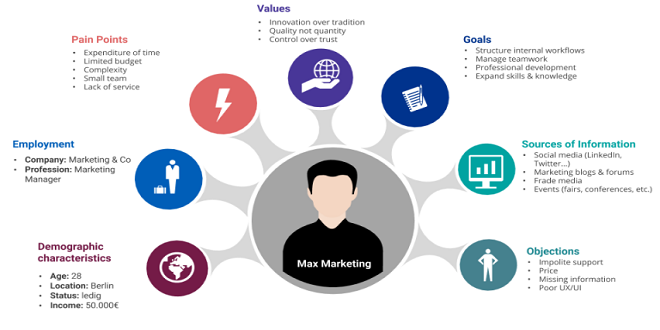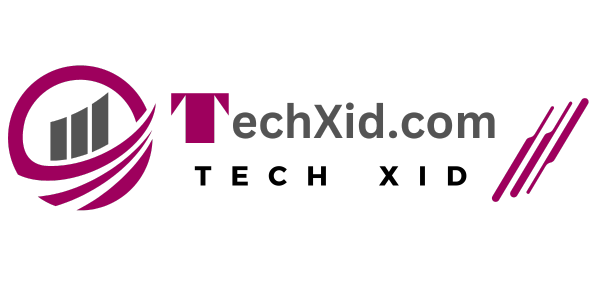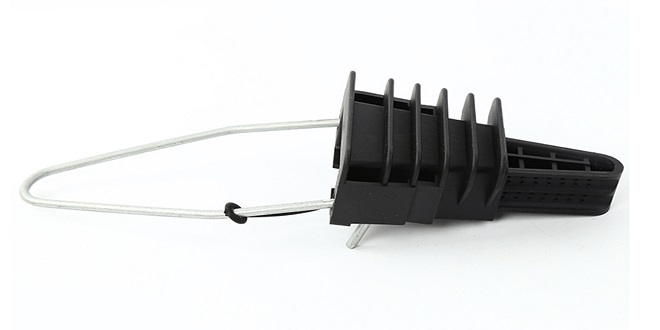Triggers and How They Are Used in Marketing

Any marketing campaign contains triggers. These are special “hooks” for the potential customer. Thanks to them he pays attention to the brand message and decides whether the offer is beneficial for him.
Here’s what triggers are used in marketing to encourage customers to buy.
What Is a Trigger
Today, the word “trigger” can be heard in various fields: physics, medicine, psychology, programming. As for marketing, here a trigger is a psychological technique that pushes the customer to take a targeted action. For this purpose, they appeal to strong emotions such as joy, fear, and desire. Guided by them, a person tends to make spontaneous decisions.
Triggers motivate the emotional customer to make a choice in favor of the product here and now. They can be contained in text, images, video, audio, and permeate the context of the advertising offer as a whole.
Triggers in marketing accomplish several goals:
- Draw attention to the product.
- Increase conversion rate.
- Increase sales.
- Work off customer objections.
- Increase brand loyalty.
- Analyze customer behavior.
- Build long-term relationships with customers.
Triggers can be found in advertising of any goods and services. Some are even used to attract people to play casino online real money or pay for a Netflix subscription. At the same time, they are especially important when influencing the mass audience. If the price of the product is low, the potential customer more easily agrees to buy, and the business thereby increases the average bill.
Types of Triggers
Fear
The feeling of fear is one of the strongest, so it’s involved in different triggers. In its purest form, fear occurs when a person no longer feels safe. He may worry about his life and the lives of loved ones, his health, his place of residence, his financial condition, his position in society, and his personal details.
Advertising that uses this trigger convinces the customer that the company can relieve him of his fear. For example, medicine will keep them from getting sick during colds. If the entrepreneur goes to a consultant, he can avoid the mistakes of starting a business. If a car owner takes out a hull insurance policy, the insurance company will reimburse the cost of repairing the car in case of an accident.
Deficit
The fear of missing out on something important is familiar to many consumers. If a company announces that its product is about to run out, a person will subconsciously want to buy it – or at least consider the offer.
For example, a Chinese language tutor announces that there are two places left in the group. Those who have been thinking about learning, will make a decision much faster – and this is the purpose of using the trigger.
Time Limit
If you don’t buy now, you miss the profit – the timer on the selling site, the appeals “today only 20% off” and “access will be closed in 24 hours” remind you of this. The less time a person has to think, the more impulsive the purchase will be.
Authority
A powerful trigger that helps build brand credibility. More people listen to advertisements featuring a well-known or authoritative person. New products from a company that has established itself in the market are more quickly accepted by the audience.
To use this trigger effectively, showcase the brand’s credentials and awards. Share positive product reviews. Write about the results of your work. Participate in themed events. Demonstrate expertise through the blog. Talk about collaborations with other companies with authority in their niche.
Part of a Larger Group
It is important for a person to be part of a community, to have allies of interest. This is the basis for advertising campaigns that say “more than half of the city’s residents have already tried our product. Triggers are also used when they want to draw attention to a global problem, such as the disappearance of rare species, deforestation, and pollution.
Part of a Closed Community
To have access to “closed” information, to discuss something with like-minded people in a small circle is another popular type of trigger. It makes people feel special, because not everyone can get into the community – you need a recommendation, a monetary contribution, or some other condition.
Novelty
It’s not just a desire to have something unique. The customer likes the opportunity to get something first, to change the familiar for the potentially interesting. That’s why advertising a new phone model, opening a restaurant, launching a unique course gets a lot of response.
Sense of Sympathy
We tend to trust those we like more. This is used in marketing. Attractive people are invited for roles in commercials. Place banners where people smile, stand in an open pose and look natural. They also try to evoke positive emotions with packaging design, because a lot depends on first impressions.
How to Use Triggers Intelligently
Let us outline a few rules for working with triggers in advertising:
- Combine: Triggers can be used alone or in combination. The main thing in this case – a sense of proportion. Watch how the audience reacts to the ads, and adjust the messages according to the results.
- Don’t impose. If you apply too many triggers in the advertising message, it will be annoying. And some customers will lose trust in the company. Over 3 triggers at once shouldn’t be used, otherwise the advertising will be ineffective.
- Don’t cheat. If you offer a discount, keep your promise. Claim that the consultants were trained – show it with diplomas and quality work.
A trigger is a tool to influence the audience, and not just in the digital space. Business profits depend on how you use the “hooks.” If you understand the benefits of the product and what problem the audience can solve, triggers will help get the message to customers as quickly and effectively as possible.





